No one ever said that it'd be easy to lose weight, but that doesn’t mean that the process has to be miserable, either! If you’re finally ready to make the commitment to a healthier lifestyle — and, in turn, a lower weight — these simple tips will help you to get started.
- Jump-start your workout routine in the first week. Because your weight loss plan will involve a combination of diet and exercise, you’ll need to work out every day of the first week in order to get both your body and mind in the routine. This doesn’t mean that you have to go all out every single day, however; simply start out with a combination of light cardio and body weight workouts for 30 to 60 minutes each day.
- Keep a food diary. Instead of hopping on the bandwagon of a fleeting fad diet, begin a healthier relationship with food by keeping a food diary of everything that you eat. This will hold you accountable for every indulgence, and it will help you to monitor the amount of fat and calories that you consume.
- Be realistic. If you have a big event in the next two weeks, you won’t be able to force a full-body transformation by that time. Instead, focus on realistic weight loss goals that will produce results over time.
Men's Health [WebMD]
How to Lose Weight in 4 Weeks [Xfinity]
7 Weight Loss Steps for Men [About Health]


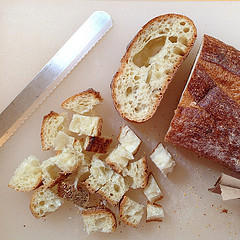
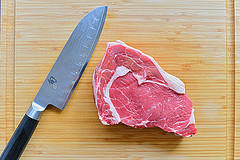
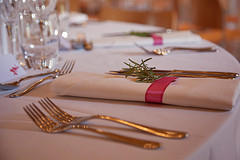
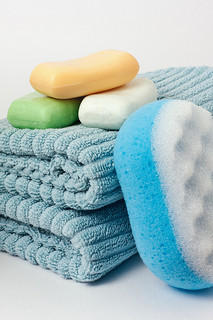
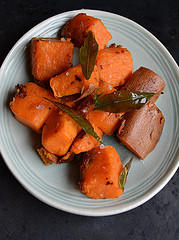

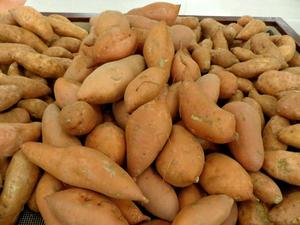
![By Sharon Gefen (Own work) [CC-BY-SA-3.0], via Wikimedia Commons This work is licensed under a Creative Commons Attribution 3.0 Unported License.](http://respage.com/cms/img/3947.jpg)
 Equal Housing Opportunity
Equal Housing Opportunity